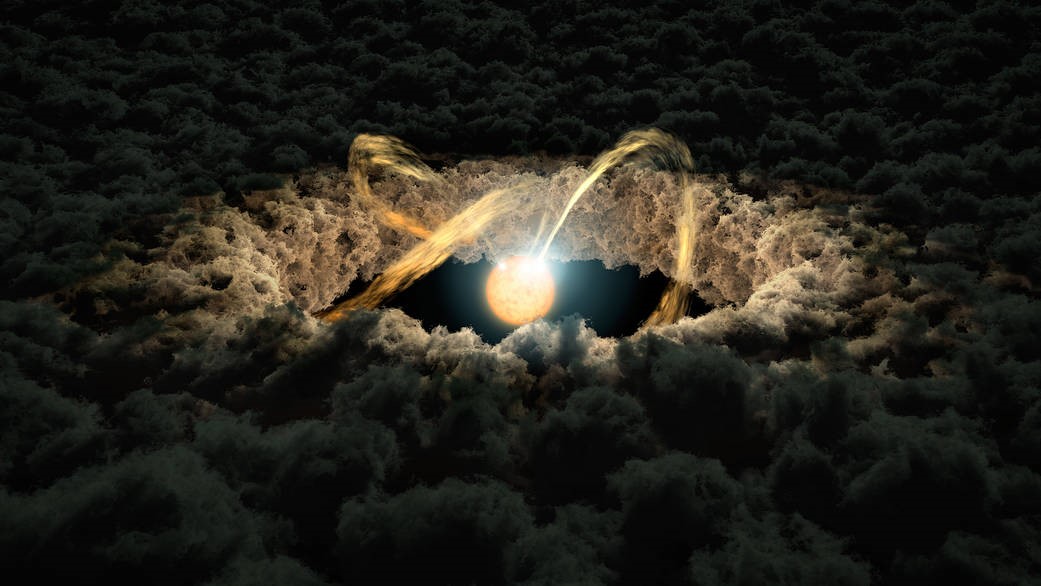Free Courses Sale ends Soon, Get It Now


Free Courses Sale ends Soon, Get It Now



Disclaimer: Copyright infringement not intended
Context
A group of extremely bright stars may be slowly reshaping the Orion Nebula and stopping one of their neighbors from forming planets, new James Webb Space Telescope observations suggest.
Details
OBSERVATIONS
Protoplanetary Disk
Formation
Ultraviolent stars and the recent developments
|
PRACTICE QUESTION James Webb Space Telescope (JWST) was built by collaboration between NASA and which of the following space agency?
Answer B |
© 2024 iasgyan. All right reserved